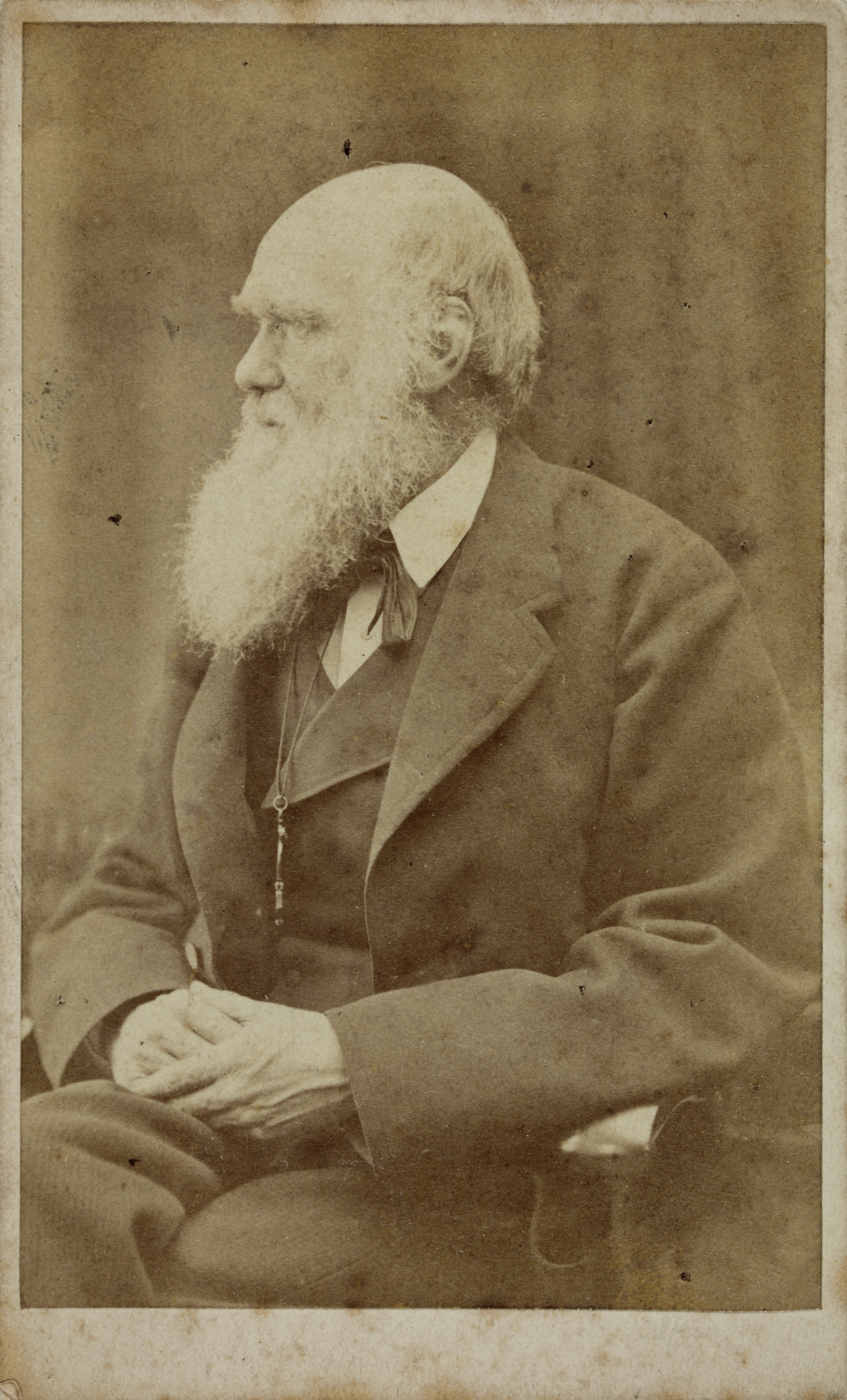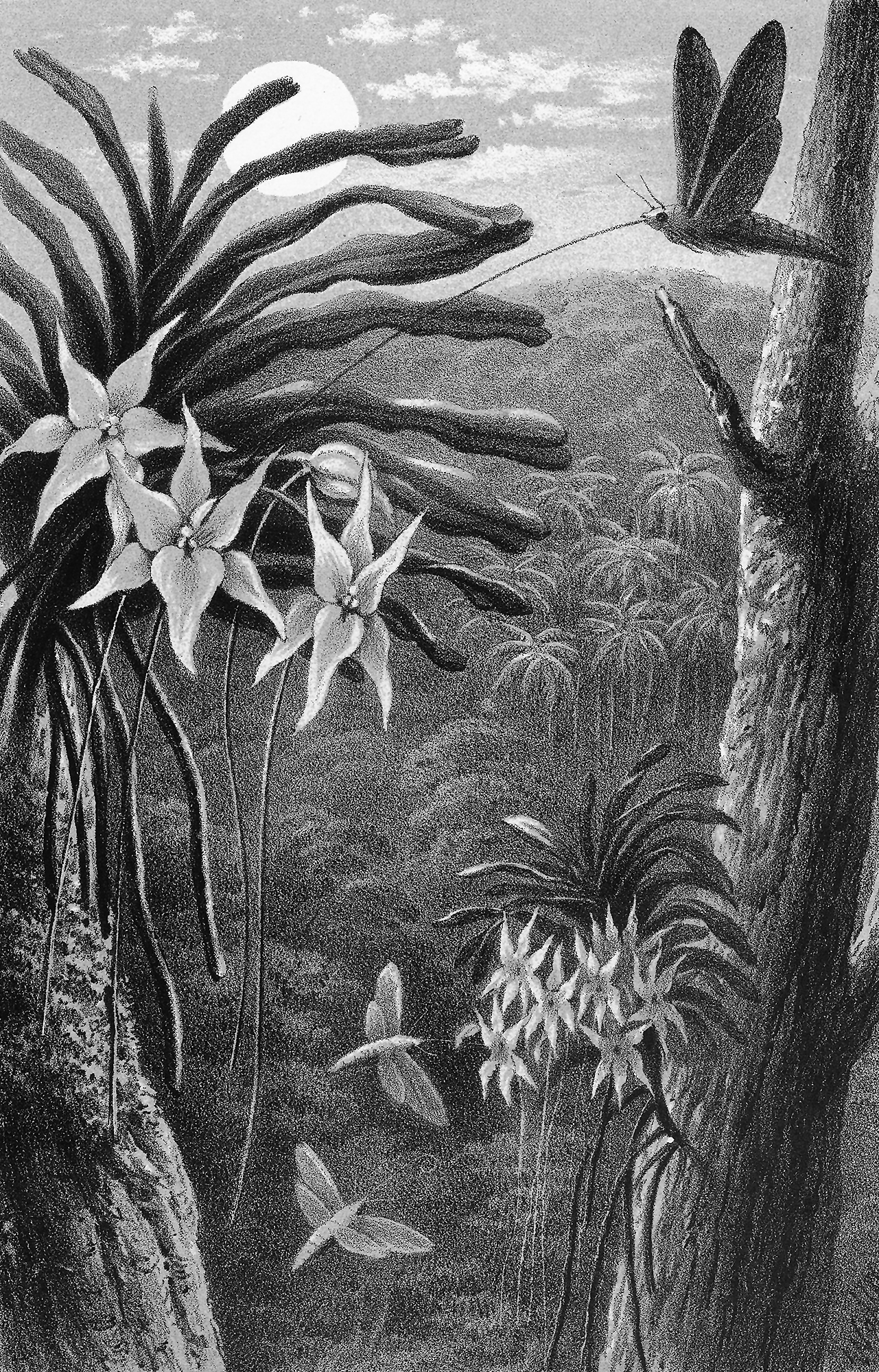Glad THH has taken up aphid question versus Owen ["On the agamic reproduction and morphology of Aphis", Trans. Linn. Soc. Lond. 22 (1858): 193-236].
Fertilisation and inheritance discussed. Speculates that fertilisation may be a mixture rather than a fusion. Can understand in no other way why crossed forms tend to go back to ancestral forms.
Confirms CGBD's impression given in a letter to J. S. Henslow that CD in the Origin did not touch directly upon the final causes of sexuality, which CD considers one of the "profoundest mysteries in nature". CD is inclined to stress sexuality as the means of keeping forms constant and checking variation although he grants its role in the origination of varieties. [See 2869.]
His thanks for the pamphlet ["Remarks on the final causes of the sexuality of plants" (1860)] and the extremely kind and liberal manner in which Daubeny alludes to CD's work.
Further discussion of sexual generation and CD's suspicion that its most important function remains hidden.
Lyell's Antiquity of man lacks originality.
Statements in Lyell provoke CD to determine exact publication date of Origin and JDH's introductory essay [to Flora Tasmaniae].
CD now believes in repeated periods of global cooling and migration.
Pleased that Bentham is cautious about Naudin's view of reversion. CD can show experimentally that crossing of races and species tends to bring back ancient characters.
Suggests Gärtner's Bastarderzeugung [1849] be translated
and that Oliver review Scott's Primula paper [J. Linn. Soc. Lond. (Bot.) 8 (1865): 78-126] for a future issue of Natural History Review.
Is working on Variation.
Congratulates CD on the Copley Medal.
Directs CD to his short memoir on crossing ["De l'hybridité", C. R. Hebd. Acad. Sci. 59 (1864): 837-45].
He has finished MEW's work on hybrid willows [Die Bastardbefruchtung im Planzenreich (1865)] and sends his thanks. The extreme frequency of hybrid willows is new to CD, and he finds the explanation of their numbers in certain locations ingenious.
Comments on the criticism of Gärtner's view of reversion
and the differences between MEW and Naudin.
CD now has doubts regarding his own view that hybrids are sterile from not being perfectly accommodated to their conditions of life.
Thanks for Catalogue.
Has had a bad month. Somewhat improved as a result of John Chapman's ice-bag cures.
Asks THH to read MS on his hypothesis Pangenesis. THH only man whose judgment on it would be final with him.
Glad to read what CD sends. Any glimmer of light on those subjects is of utmost importance.
Quotes a letter from Haeckel on progress of Darwinism in Germany.
Thanks for THH's willingness to read Pangenesis MS. Thinks some such view will have to be adopted but it overthrows, in an uncomfortable manner, ordinary development.
Darwin Correspondence Project
darwin@lib.cam.ac.uk
© University of Cambridge 2022
Website by Surface Impression



© 2024 University of Cambridge


